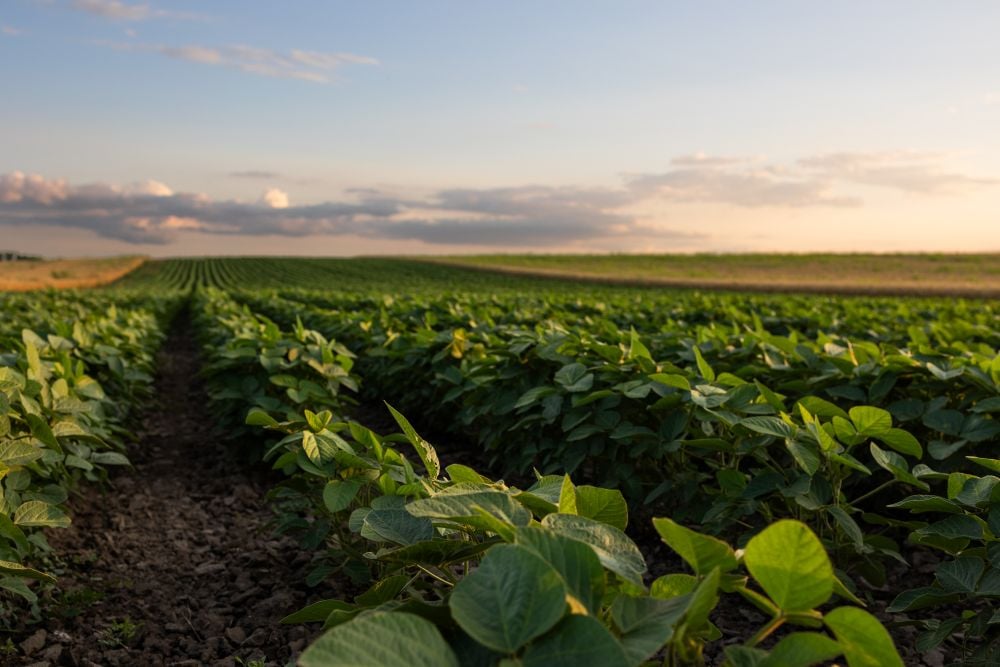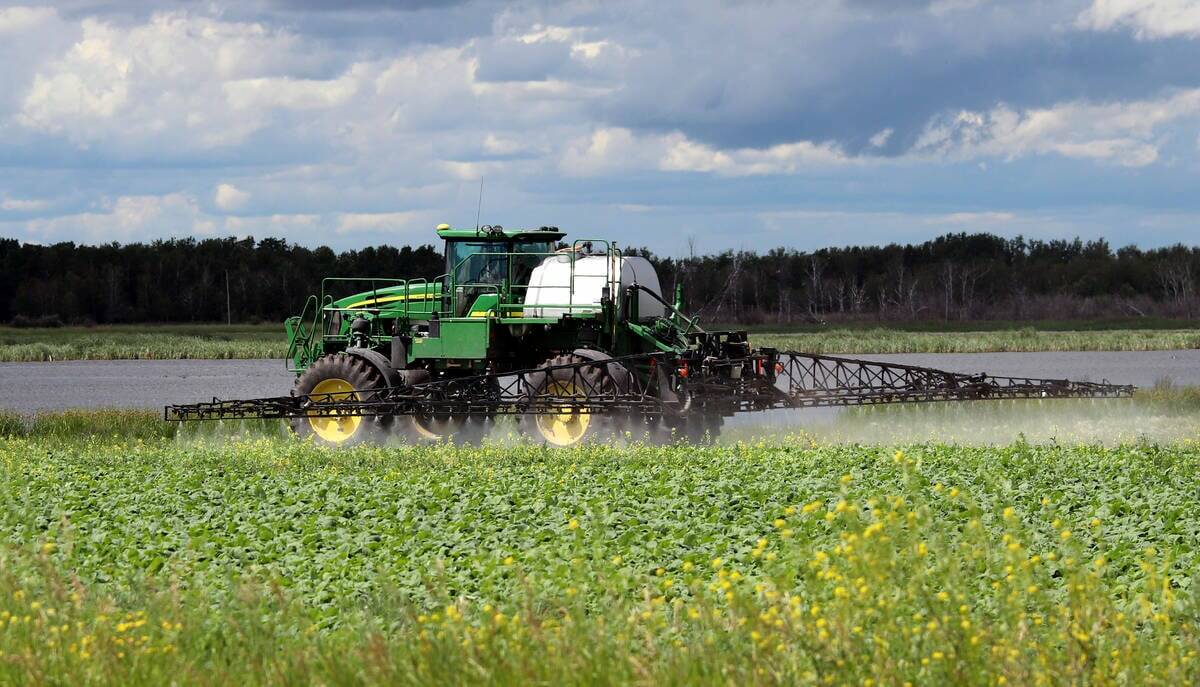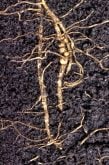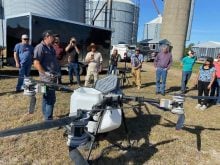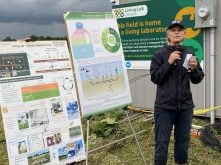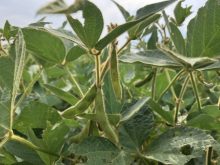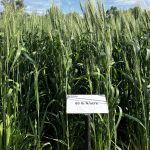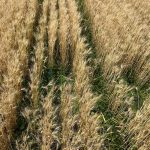As Ontario soybean farmers look ahead to the next growing season, fertilizer management will be a key factor to maximize yields and manage soil health.
Why it matters: With input costs rising, growers need to manage fertilizer wisely.
From navigating fertilizer prices to optimizing nutrient uptake and improving overall crop management, understanding how to tailor fertilizer plans to specific field conditions will be critical for a successful 2026 crop.
Horst Bohner, provincial soybean specialist with the Ontario Ministry of Agriculture, Food and Agribusiness and Kelsey Banks, an eastern Ontario independent agronomist with Banks Agro, shared their soybean nutrient observations, outlooks and suggestions for Ontario soybean growers as they make fertilizer plans for next year.
Read Also
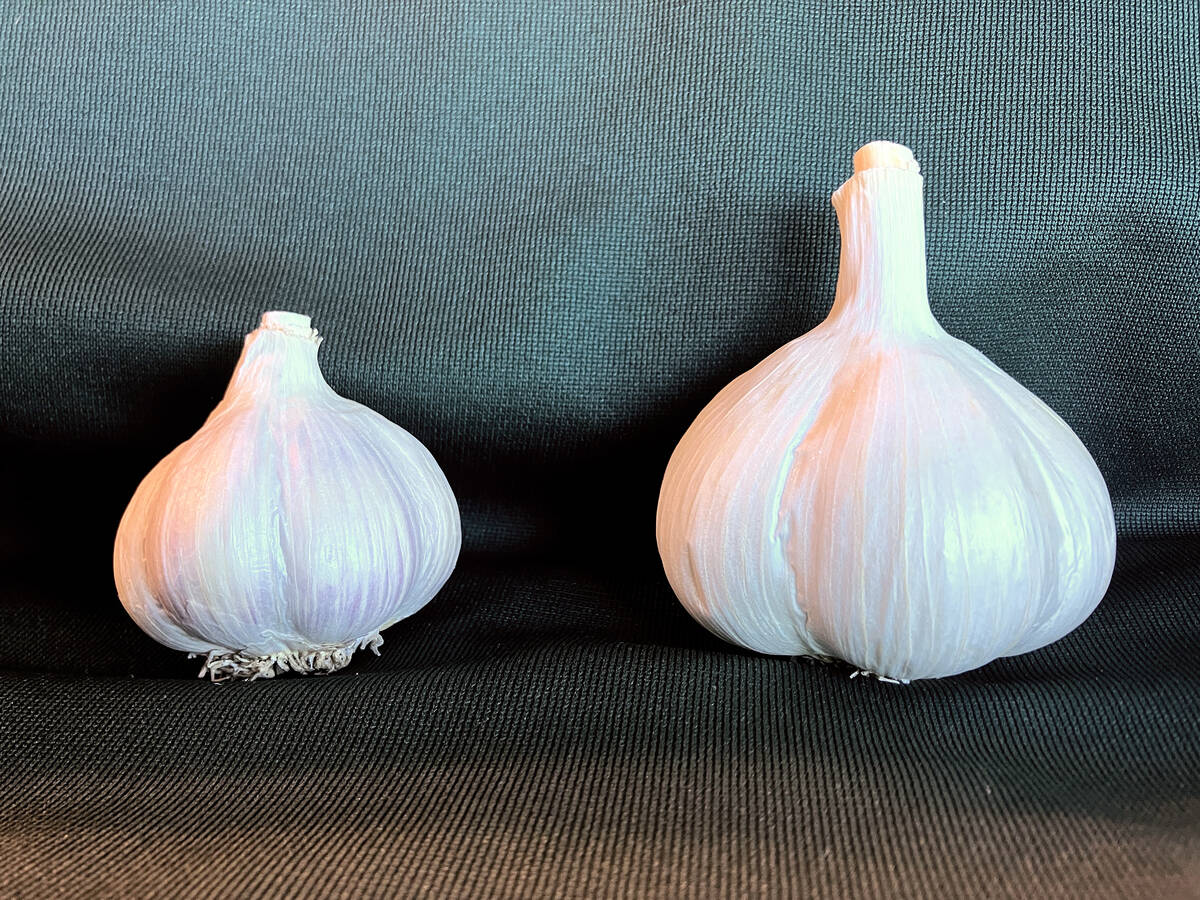
Clean seed garlic promises bigger bulbs and higher returns for growers
Ontario garlic trials show clean seed outshines conventional yields, with stronger drought resilience, reduced virus risk and greater economic outcomes.
Key fertilizer tips
“P (phosphorus) and K (potassium) are always the foundation for a good soybean crop,” said Bohner reminding growers to make any necessary adjustments for next year’s growing season based on soil test results.
“Without reasonable levels of P and K it’s hard to grow a good field of soybeans, and since these nutrients are consistently being removed from soils with each crop, they need to be monitored and supplemented appropriately.”
Banks echoed the importance of soil testing to accurately manage soil and crop fertility, noting that soil tests provide a lot of data that is often underutilized when making crop management decisions. “With fertilizer prices continuing to increase, growers shouldn’t just stick to routine applications. It’s time to focus on what’s truly needed for both profitability and sustainability,” said Banks, pointing out that fall is the time to take advantage of early purchasing discounts that can also factor into fertilizer considerations.
Fall and winter off-season timing is the best time of year to research new fertilizer-type products. Banks reminded growers to utilize soil testing data and work with an agronomist to make the most informed decisions. She said that when considering new products, it’s important to make sure they work for the grower, their crop plan and their budget.
For example, some nutrients don’t get along with other nutrients and can tie up already available nutrients and risk making them unavailable.
“Be diligent to ensure new products or nutrients align with your soil needs and will directly contribute to your yield goals,” said Banks.
Most importantly, growers should keep the 4Rs in mind – using the right source of fertilizer, applying it at the right rate at the right time, and applied in the right place – when making fertilizer decisions. Banks believes the 4R approach is the best guide farmers can use for balancing economics, crop productivity, fertilizer efficiency and the environmental sustainability of their farm.
What’s the latest on sulphur?
According to Bohner, there’s been a lot of talk about soybean responses to sulphur and not only has he been keeping close tabs on the discussions, but he’s been conducting field trials too. He said he’s seen some convincing data from the U.S. and Ontario that points to sulphur as a yield boosting nutrient, but only under the right conditions.
Although sulphur is an important nutrient for soybean production, Bohner said, “sulphur can be especially impactful on soybeans growing on sandy soils, or those that are low in organic matter.”
He explained that since sulphur is mobile in the soil, and especially in sandy soils where it can leach, adding this nutrient can be especially beneficial. In fact, Bohner has seen up to 17 bu./acre yield responses in Ontario field trials with an application of 100 lbs of ammonium sulphate to soybeans with these field conditions.
In addition, the data is showing that sulphur does support yield on soils where it is needed most, especially if applied when soybeans are planted early or in cooler soils. Bohner confirmed that earlier planted soybeans generally show a better response to sulphur too.
He explained that sulphur, like nitrogen, must be mineralized to become available in the soil. As soils warm up through the season, this process helps ensure a steady supply of nutrients when plants are actively growing and developing.
“I don’t recommend sulphur application as a general practice if it’s not needed because there’s a chance there may be a limited yield response for the investment, but it does make sense under the right circumstances,” he said.
Banks said the chatter about using sulphur to boost soy yields is strong in eastern Ontario too, where growers are asking her advice on whether or not to add it to their fields. She noted that fields with regular manure or biosolids applications may not have too much of a benefit when adding additional sulphur to fertilizer plans.
“When deciding what to do about sulphur, growers need to ask if their fields need it or not,” said Banks, reminding growers to reference their soil tests to confirm existing nutrient levels.
What about potash?
“There have been some studies and results showing large amounts of potash application are contributing to yield bumps in the U.S., but we’re not seeing the same results here on Ontario soils,” said Bohner, who recommended Ontario soybean growers maintain their current practices and nutrient recommendations when considering potash.
Banks agreed with Bohner about potash recommendations, noting that, like every crop nutrient, it needs to be evaluated based on soil sample results and crop needs. For example, potash can be helpful in supporting photosynthesis and managing plant stress resistance, especially for IP soybean growers when applied as a broadcast fertilizer.
She also reminded growers to work with an agronomist to create a strategic and sustainable fertilizer plan.
“There’s a lot to consider when it comes to fertilizer recommendations,” said Banks, reminding farmers that health and safety should be accounted for too. “Take the time to properly plan the best crop management approach for your fields, your farm and your team.”

